Mastering tech transfer requires more than just knowledge—it demands hands-on expertise. Let’s explore how the right balance of education and training sets professionals up for success.
Why & How invest time in the onboarding of new talents in Technology Transfer?
As we dive deeper into the ever-evolving landscape of technology, the roles dedicated to transferring these innovations are more crucial than ever. However, as we have seen in one of our #pharmacontinuum article, there’s a critical distinction that needs to be made: Education vs. Training.
Education: It’s about imparting knowledge, encouraging critical thinking, and fostering a deep understanding of principles and theories. It’s broad, often conceptual, and equips individuals with the ability to navigate complex scenarios.
Training: On the other hand, training is all about practical application. It’s focused, hands-on, and designed to build specific skills that can be immediately applied to tasks and processes. For professionals stepping into technology transfer roles, easy to image both education and training are indispensable.
But how do we ensure that new resources are fully equipped to handle the demands of this dynamic field?
And how much time do I need to spend in an onboarding program between Education and Training?
 Creating an onboarding program that integrates both educational elements and practical training is key. By thoughtfully combining education and training in the onboarding process, we can empower new resources to not only understand the complexities of technology transfer but to also excel in executing it effectively.
Creating an onboarding program that integrates both educational elements and practical training is key. By thoughtfully combining education and training in the onboarding process, we can empower new resources to not only understand the complexities of technology transfer but to also excel in executing it effectively.
By thoughtfully combining education and training in the onboarding process, we can empower new resources to not only understand the complexities of technology transfer but to also excel in executing it effectively.
Our Approach
Here’s how you could structure it:
- Foundation in Knowledge (Education) – 30%
- Introduce the new resources to the core principles of technology transfer in pharma.
- Provide a comprehensive overview of industry standards, quality and regulatory landscapes, technical trends, manufacturing platform and ethical considerations involving SMEs into the organization or key SMEs from the external environment;
- Encourage interactive learning sessions with other department to explore case studies and real-world examples.
- Organize learning pills/quick section with Management to focus on strategy, vision and mission of the organization
- Skill-Building Workshops (Training) – 40%
- Organize hands-on workshops to practice the transfer of technologies from development to commercialization and/or commercial to commercial based on company needs
- Use simulations and role-playing exercises to navigate common challenges and scenarios.
- Implement a mentorship program where new hires can shadow experienced professionals, gaining insight into day-to-day operations.
- Integration and Application – 30%
- Develop a project-based risk increased approach where new hires can apply their knowledge and skills to real projects early on, shadowing experts and limiting the risks associated with failure with the opportunity to transform those potential failures in key learning moment.
- Regularly assess their progress with feedback loops, adjusting the training elements as needed to ensure alignment with organizational goals.
Curious about case studies or looking for support? Connect with us: info@pharmacontinuum.com


